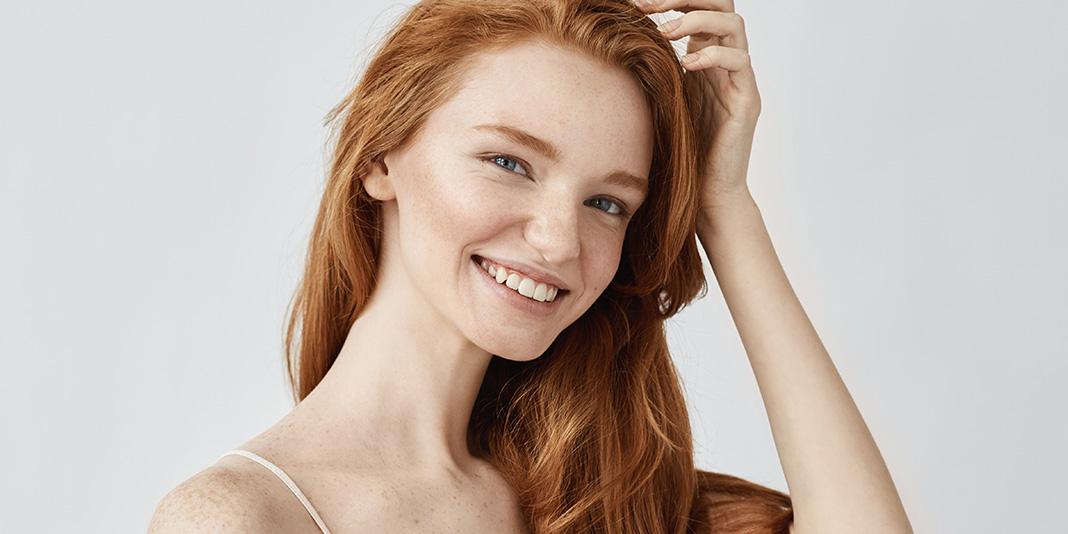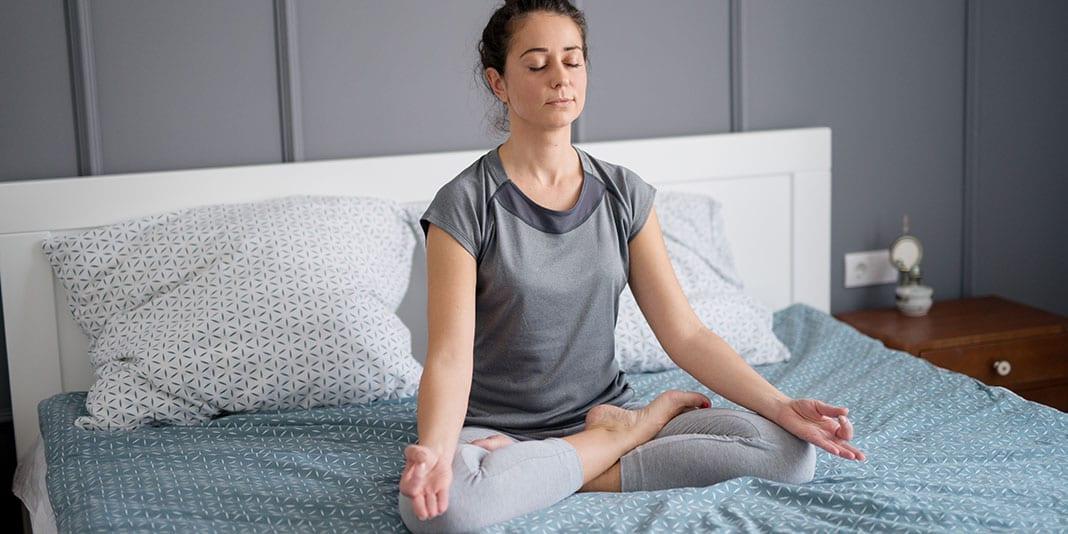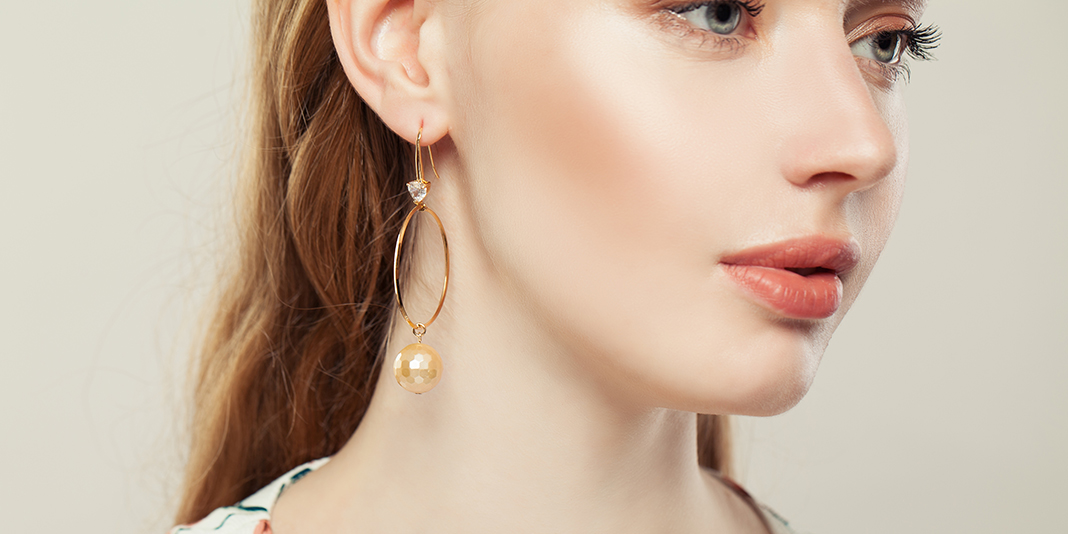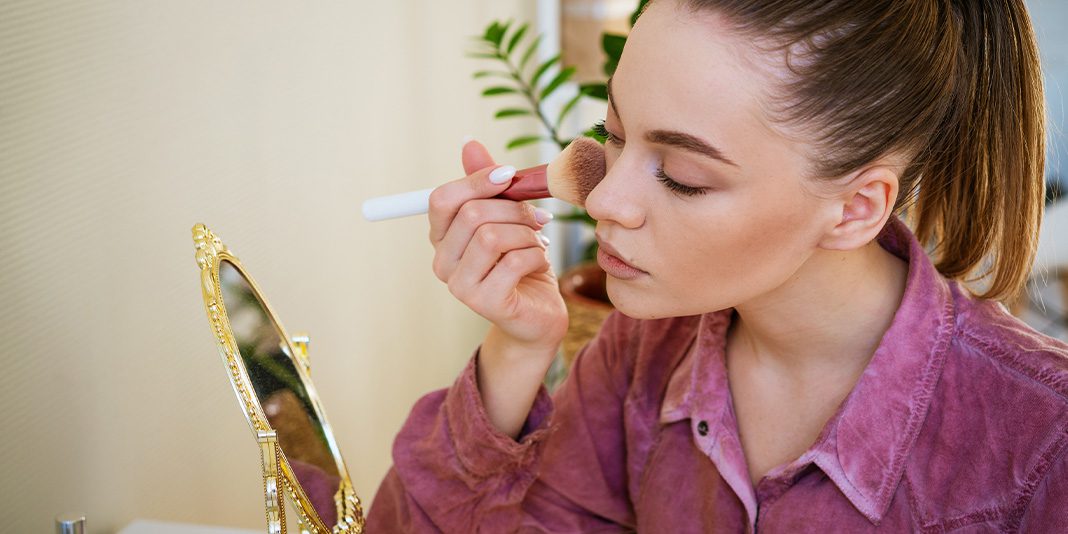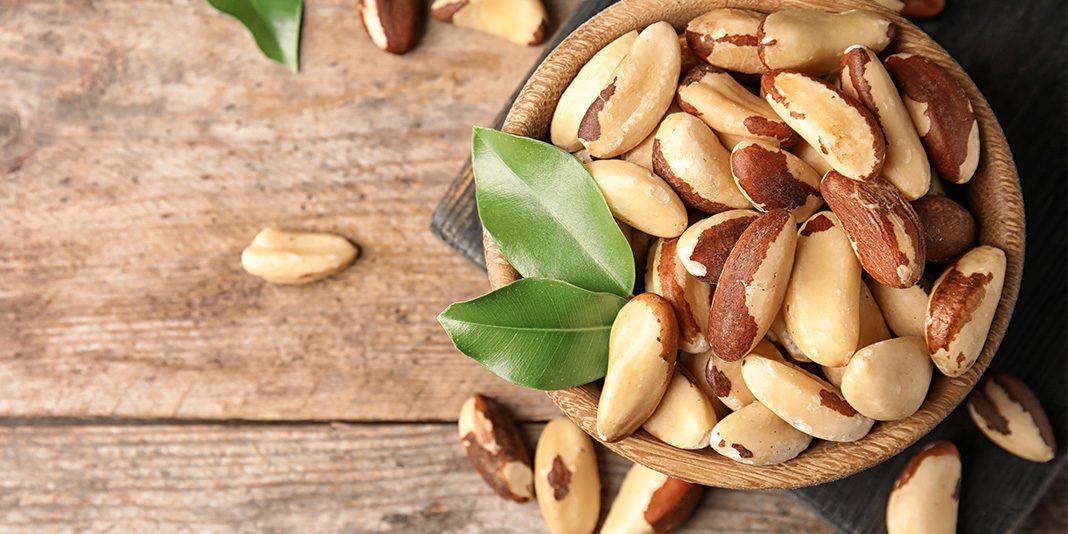Looking for a kinder, gentler way to build your booty? Try the barbell hip thrust, and you’ll be able to train glutes with heavy weights while skipping potential back pain. This Instagram favorite poses little risk of injury when performed correctly yet it outperforms squats and lunges for activating muscle fibers in the glutes. Placement of the weight for the barbell hip thrust eliminates the possibility of compressing the spine, which can be a problem with squats and top-loaded barbell movements.
Trainers recommend that beginners concentrate on the basics of hip thrusts before adding the weight of a dumbbell and then advancing to the barbell hip thrust. Focus first on hip mechanics, foot placemen and feeling the connection between the glutes and the movement.
You’ll need to use a weightlifting bench that is approximately 12 to 14 inches in height. You may have to try different bench heights to find that one that works best for you.
To perform the movement effectively, extend the hips to the top position. Your pelvis should be in a posterior pelvic tilt to optimally activate the glutes. The best way to achieve peak activation is to pretend you are tucking your “tail” between your legs while you extend up. Protect your back by tucking your chin at the top and focusing your gaze on your belly button.
You may want to pair the barbell hip thrust with side lunges, which will open up tight hips and groin, while strengthening the glutes and inner thigh.
Start your side lunge by setting your feet shoulder-width apart and standing with toes pointed straight forward. Step out with your right foot as wide as possible. Drop your hips down and back while keeping the left leg straight. Stretch the groin on the left leg while keeping the toes pointed straight forward and keeping both soles of the feet on the ground. Your right knee should track over your right foot the whole motion.
Punch your right heel into the floor to push yourself back to the full standing start position. That’s one rep. Complete 8 to 12 reps on the right side, then repeat on the left side. Do 3 to 4 sets.
Finishing off any gluteus maximus exercise with a posterior pelvic tilt, aka “the opposite of sticking your butt out, puts you in maximal hip extension and ensures your glutes are working. (If your muscles aren’t burning, your glutes are not working.) The posterior pelvic tilt is a huge squeeze that ensures you have put your hips through the entire range of motion and contracted your glutes.
Having trouble finding your posterior pelvic tilt? Here’s how to know you’re there: When you are lying on ling on your back, try to flatten your back into the ground. This will force you to contract your lower abdominals and glutes and tuck your butt under. Here’s another tip: As you lie on your back, pretend there is a glass of water on your pelvic bone and try to spill the pretend water onto your belly.
Read More: 5 Ways to Build Bigger, Stronger Glutes That Have Nothing to Do with Squats





